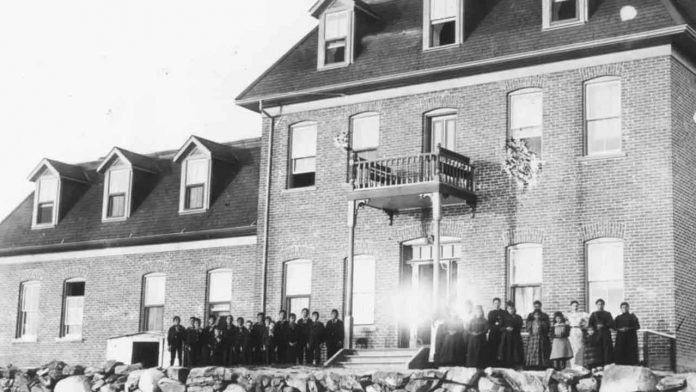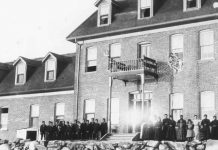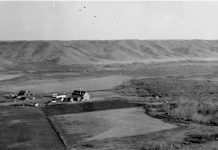The devastating effects of alcoholism on reserves had turned residential schools in Canada into a de facto native child welfare system
By Greg Piasetzki
In 1944, a special committee of the House of Commons recommended that Canada’s Indian Residential Schools be shut down. And yet Canada’s last residential school didn’t close its doors until 1996, nearly half a century later.
Why did these schools – now widely accused of perpetrating genocide on Canada’s Indigenous population – stay open so long after Ottawa wanted to shut them? Because Ottawa wasn’t prepared to abandon vulnerable native children.
As painful as it is to admit today, the vast majority of Indigenous children attending residential schools during the post-war period were there for reasons other than to receive an education. In particular, the devastating, inter-generational effects of alcoholism on reserves had turned federal residential schools into a de facto native child welfare system. Had the government shut those schools down in the 1940s, as it wanted to, these children would have had no other place to go.
Considering this, accusations of genocide are not just wrong but outrageously so.
The Indian School system took form after Confederation as the new country’s government fulfilled its treaty promises to provide an education to all Indigenous children, even those living in remote locations.
Residential schools for those in remote locations, along with nearly three times as many on-reserve day schools, were meant to provide Indigenous children with basic language and other skills required to function in Canadian society.
A populist reform movement that swept across North America in the 1870s led to publicly financed compulsory schooling, which was widely seen as the solution to poverty and social disharmony.
By contrast, attendance at native residential schools was voluntary until 1920, and rarely enforced after that. About half of all students who attended Indigenous residential schools between the 1880s and 1950s dropped out after Grade 1, and few students made it as far as Grade 5.
A much more significant complication for native education was the disastrous effect of alcohol abuse on Indigenous communities. This led to legislation prohibiting the sale of alcohol to Indigenous Canadians with penalties including hard labour.
We now know that consuming alcohol during pregnancy causes Fetal Alcohol Spectrum Disorder (FASD), damaging the developing fetus. Children with FASD typically have serious difficulties in school, both academically and behaviourally. Tragically, these problems follow them into adult life and are reflected in high rates of family violence, including spousal and sexual abuse, as well as increased instances of suicide and addiction. Often, these patterns recur in subsequent generations.
Current studies suggest that FASD occurs among Indigenous children on and off reserves at rates between 10 and 100 times greater than in the rest of Canada.
During the post-war period, Ottawa actively sought to close its residential school system for both financial and pedagogical reasons. However, this planned shutdown was derailed due to many residential schools serving as welfare refuges, most often as a result of alcohol abuse in the home.
A census taken by Indian Affairs in 1953 found that 43 percent of the 10,112 Indigenous children in residential schools nationwide were listed as neglected or living in homes that were unfit because of parental problems. A similar study eight years later in B.C. put the figure at 50 percent. By 1975, such children constituted more than 80 percent of the student population at a number of Saskatchewan residential schools.
As the problems stemming from the necessity of using residential schools as child welfare institutions increased, Ottawa looked for a solution to this dilemma. The solution involved transferring the responsibility of providing welfare to Indigenous children, initially to the provinces in 1964 and later to Indigenous-run welfare agencies.
And yet today, 60 years later, the issue remains. In Manitoba, 91 percent of children under the care of a family services agency are Indigenous. Nationwide, according to the 2021 Census, native children under 14 account for 53.8 percent of children in care, despite representing less than eight percent of children of that age in Canada.
The native child welfare crisis is as intractable today as it was in the 1950s. And if so, how much can be blamed on residential schools?
Greg Piasetzki is a Toronto-based intellectual property lawyer and a member of the Métis Nation of Ontario. The original, longer version of this story first appeared at C2CJournal.ca.
The views, opinions and positions expressed by all columnists and contributors are the author’s alone. They do not inherently or expressly reflect the views, opinions and/or positions of NetNewsLedger.






